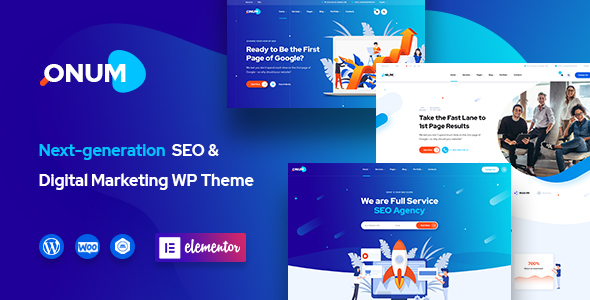Edge Computing: Processing Power at the Brink
E
dge computing is a distributed computing paradigm that brings computation and data storage closer to the sources of data. This is in contrast to the traditional model of centralized computing, where all data is sent to a central data center for processing.
Why Edge Computing?
There are a number of reasons why edge computing is becoming increasingly popular. One reason is the growing number of internet-connected devices, or Internet of Things (IoT) devices. These devices generate a lot of data, and it can be impractical or even impossible to send all of that data to a central data center for processing. Edge computing allows for some of the data to be processed locally, which can reduce latency and improve performance.
Another reason for the rise of edge computing is the need for real-time decision-making. In some applications, such as self-driving cars, it is critical to be able to make decisions in real time. Edge computing can help to enable this by bringing processing power closer to the devices that need it.
Benefits of Edge Computing
Reduced latency: Edge computing can significantly reduce the latency of applications. This is because data does not need to travel long distances to a central data center for processing.
Improved performance: Edge computing can improve the performance of applications by reducing the load on central data centers.
Increased security: Edge computing can help to improve security by keeping data closer to the devices that generate it. This can make it more difficult for hackers to steal data.
Reduced costs: Edge computing can help to reduce costs by reducing the need for bandwidth and by improving the efficiency of applications.
Use Cases for Edge Computing
Edge computing is being used in a variety of industries, including:
Manufacturing: Edge computing is being used to monitor factory equipment and to predict maintenance needs.
Retail: Edge computing is being used to personalize the shopping experience for customers.
Healthcare: Edge computing is being used to monitor patients' health and to provide real-time medical care.
Transportation: Edge computing is being used to improve traffic flow and to make self-driving cars safer.
The Future of Edge Computing
Edge computing is still in its early stages, but it has the potential to revolutionize the way we compute. As the number of internet-connected devices continues to grow, and as the need for real-time decision-making becomes increasingly important, edge computing is likely to become even more popular..
– Herbert Bayard Swope
Feature Folders:
Imagine your app as a bustling city. Each district, a vibrant feature, houses its own components, styles, tests, and logic, creating a self-contained ecosystem. This offers some sweet perks: Scalability: As your app expands, features flourish independently, preventing your codebase from becoming spaghetti central. Ownership: Features become clear units of responsibility, fostering collaboration and streamlining handovers within your team. Contextual bliss: Components, styles, and tests reside together, making understanding and maintaining each feature a breeze. Reusability potential: Features can be isolated gems, potentially repurposed across your app or even other projects. But like any thriving metropolis, feature folders come with their own challenges: Nesting nightmares: Large features can create a labyrinth of subfolders, testing your navigation skills and patience. Component isolation blues: Finding reusable components across features might require a city-wide search party.
File Type Frenzy:
Prefer a neatly organized filing cabinet? File type grouping sorts components, styles, and utilities into dedicated folders, offering its own set of advantages: Simplicity reigns: Easy to understand and navigate, especially for smaller projects. Separation of concerns: Different file types have their own designated zones, promoting code organization and maintainability. Shared component haven: Reusable components are easily accessible and centrally located, like a bustling marketplace. However, this organizational bliss isn't without its downsides: Unwieldy growth: As your app grows, folders like "components" can become overcrowded and chaotic, making them less helpful. Coupling conundrum: Related files for a feature might be scattered across different folders, hindering context and understanding. Choosing Your Champion: So, which approach deserves the crown? It's a tie-breaker duel, and the winner depends on your specific context: Project size: For sprawling apps, feature folders offer better scalability. Team structure: Feature-based org aligns with feature-focused teams. Developer preference: Some devs adore file type simplicity, while others crave feature-based modularity. Project dynamics: Feature grouping adapts better to evolving requirements. Bonus Round: Hybrid Heroes! Don't be afraid to mix and match! Use feature folders for key areas and file type grouping for shared components and utilities. The key is finding what works best for you and your team. Remember, the perfect folder structure is a mythical creature, but by understanding the strengths and weaknesses of both approaches, you'll be well-equipped to tame the wild beast of your React codebase. Now go forth, conquer your folders, and build the dreamiest app ever! Let the debate rage on in the comments! Which approach do you swear by? Share your experiences and tips to help fellow React devs navigate the organizational jungle!










